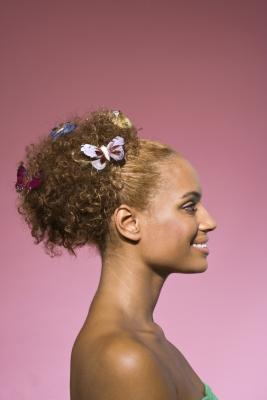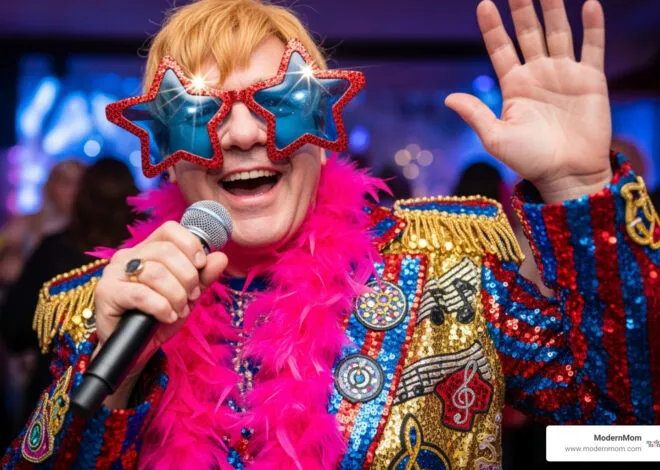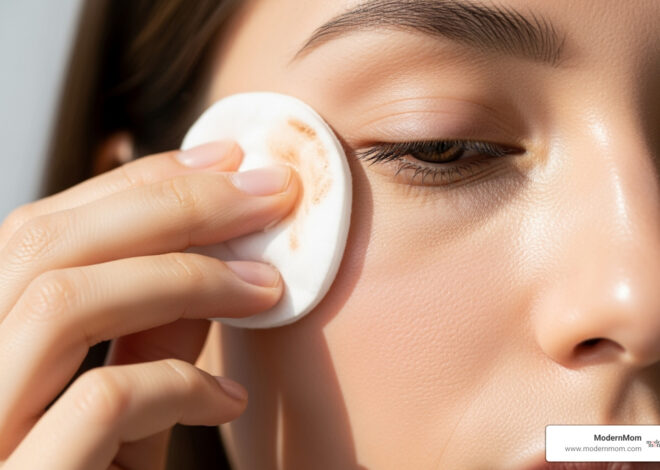Oily or greasy hair often looks wet, flat and stringy, and can ruin an otherwise clean, well-kept, personal appearance. Overactive scalp sebum, which comes from sebaceous glands just under the scalp, produces the oily hair look. Sebum normally gives hair its shiny, soft glow, but too much of it may leave your hair greasy. Treatments for oily hair maintain healthy locks that present a polished look.
Cause of Oily Hair
For the most part, oily hair is a problem for people with finely textured hair. The sebaceous glands in the scalp produce oil, and each strand of hair has a sebaceous gland at its root. People with fine hair typically have more individual hairs than usual, which means more sebaceous glands that produce more oil.
Types of Oily Hair
The two most common types of oily hair are hair that is greasy all over and hair that is greasy only near the roots. All-over greasiness starts at the roots and covers the entire hair strand all the way to the ends, making this type of hair difficult to manage or style. When hair is oily only at the roots and dry on the ends, treatment can be problematic because you try to treat the oily sections without drying out the rest.
How to Shampoo Oily Hair
Using hot water on hair prone to greasiness will make it oily quickly. Instead, Hairboutique.com advises you to use cool water or lukewarm water when shampooing. With oily hair, it is nearly impossible to shampoo too often — daily shampooing is recommended to reduce oily build-up.
If you have the type of oily hair where the bottom half of your locks are dry, use two different shampoos. Use shampoo for oily hair near the roots and apply shampoo for regular or dry hair to the rest of your hair.
Styling Secrets
Choose hairstyles that keep hair away from your face to minimize the transfer of oil from your hair to your skin. Keep brushing to a minimum to reduce spreading oil throughout the hair. Style your hair in the morning and then let it be till the next morning, if possible. Too much brushing stimulates the glands at the roots, which in turn, produces excess oil.
Easy Does It
Rough handling of the scalp will also increase oil production, so treat your scalp gently at all times. Rubbing too hard during shampooing awakens the sebaceous glands and puts them in overdrive. Wearing tight hats that promote scalp heat causes excess oil production. Regardless of how good a full body massage will feel, ask the masseuse to avoid your scalp.
Tip
Hair loss, whether as an all-over thinning or falling out in clumps, should be evaluated by a medical professional. Some conditions that cause you to lose hair may also be responsible for oily hair, so treat any underlying disorder to put a stop to your greasy locks.





